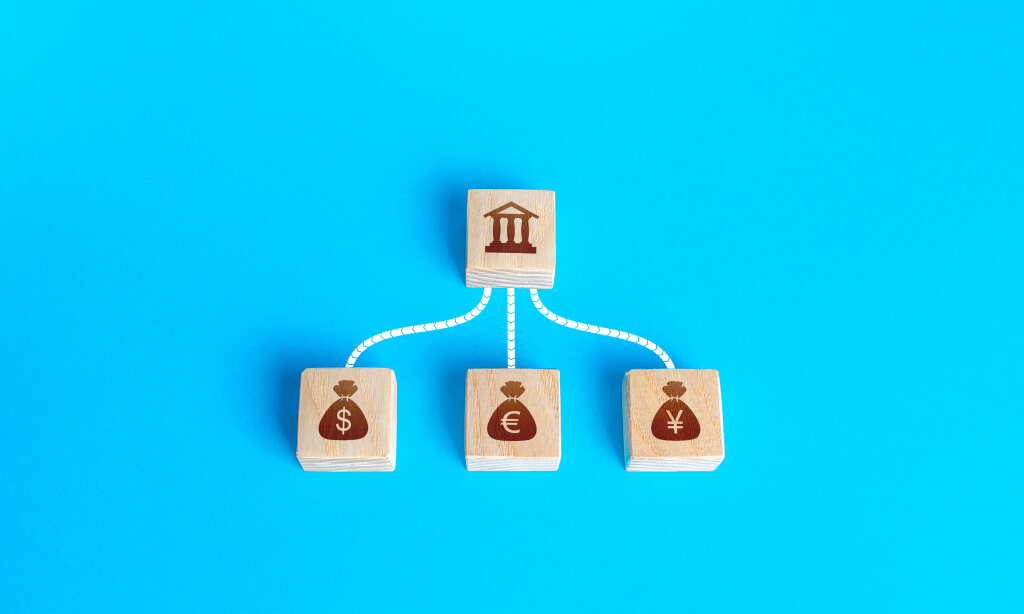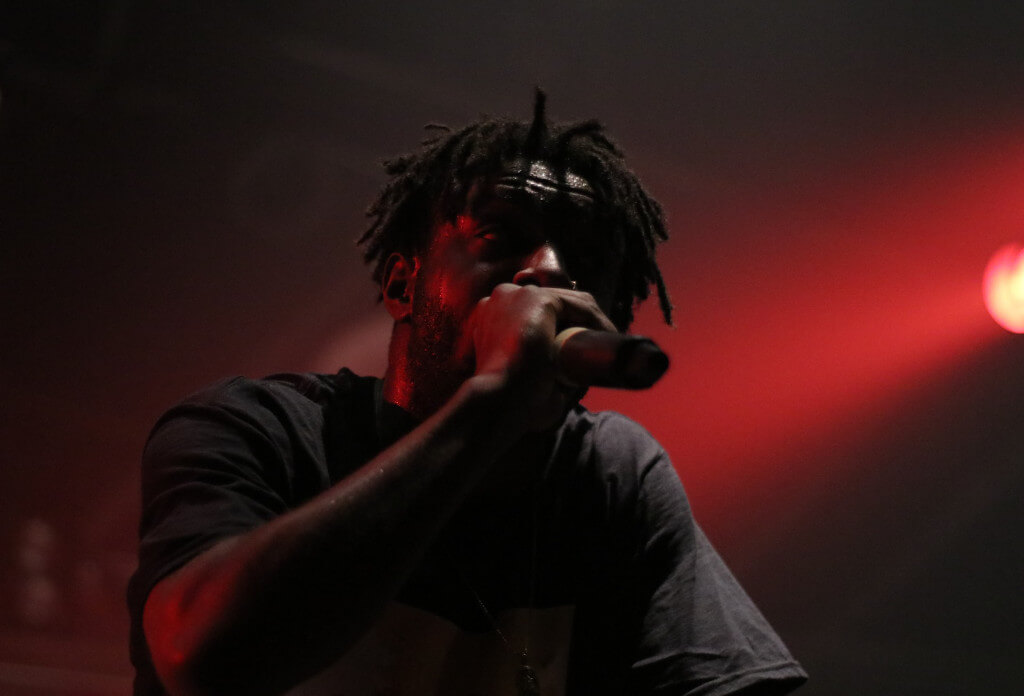Twitter has grown from its humble beginnings ten years ago to a platform with over 300 million monthly active users. Even though this is far less than Facebook’s 1.5 billion, the sheer number of politicians, journalists, and celebrities that use Twitter gives it a disproportionate amount of power. The impact of the small blue bird on their respective fields is discussed by our expert panel.
The Political System

Political issues, messaging, and collective action have all been brought to the forefront of Twitter’s political discourse. This has frequently manifested as targeted movements, including #BlackLivesMatter (a protest against police brutality against Black people) or #JezWeCan (a campaign in support of Jeremy Corbyn, the leader of the British Labour Party).
However, Twitter is also utilized to assess public sentiment, which can lead to the misleading impression of widespread agreement or the intensity of a subject’s emotional response (hence the name “Twitter storms”). This is because people are more apt to form relationships with others who share their perspectives and are less likely to encounter diverse issues and viewpoints. Furthermore, Twitter has contributed to politicians’ transformation from public servants into celebrities by providing them with personalized accounts resembling those of other famous people.
As a public-facing tool and a significant data source in its own right, Twitter data provides scientists with new opportunities. Plus, they’ll be more interested in and engaged with science as a result of this. There are two ways to collect data from Twitter: passively, by capturing already-published tweets, or actively, by inviting users to participate in a project and provide data.
To choose the most accurate scenario from our simulations, we solicited tweets on local flooding as part of a study to mimic urban floods. The model could be updated every few minutes due to the ongoing creation of this data. We utilized a map-matching algorithm to determine the probable routes that Twitter users were taking between sites based on geolocated tweets collected from all around northeast England for another project. After that, we plugged it into our model to see how traffic patterns would alter due to infrastructure changes like road closures.
Business

Thanks to Twitter, companies and consumers may now have a two-way conversation. One positive aspect is that consumers can more easily and openly voice their dissatisfaction with a company. While this may save customer service expenses, it also makes it easier and faster for businesses to respond and maybe fix an issue.
By responding to more than 5,000 questions every single day, Xbox, for instance, became the “most responsive brand on Twitter” in 2010, earning them a Guinness World Record. Customers will have more faith in the brand as a result of this crucial sign that the company values them. Still, it’s possible to end up disappointed if you have high expectations.
Businesses can also use Twitter as a tool for market research to gauge consumer sentiment, product priorities, and what people are talking about about their products and services. In addition, the service enables a company’s devoted consumers to act as promotional ambassadors, promoting and safeguarding the brand online and bringing in new clients. Here we see how a network operator used Twitter to communicate with customers during a mobile phone outage, transforming a poor experience into positive word-of-mouth for the brand.
The Media

For a long time, wire services have been the backbone of newsrooms. A lot of news reporters spend their days glued to their computers, constantly checking the corners for breaking news. Twitter altered that, somewhat. Twitter has made it such that news organizations like Reuters and the Associated Press are no longer the exclusive arbiters of global news coverage. Twitter has almost 300 million users, so as soon as a news article breaks, someone posts it, and it gets circulated almost immediately. A local IT consultant, for instance, was the first to disclose the raid that killed Osama bin Laden in Pakistan; this was in contrast to government sources.
Journalism
![]()
The ability to detect dishonesty in internet content has proven to be a challenge for journalists, who take great pride in their work. There is an increase in the prevalence and accessibility of exaggerated reports and outright falsehoods. The public and journalists alike have had a hard time acquiring the skill of factually checking the information that circulates on social media. Sunil Tripathi’s terrible case, in which he was falsely implicated in the Boston Bombing of 2013, is just one of many.
Personal Bonds

The whole nature of social media is to encourage users to freely divulge private information about themselves. Twitter stands out from other social media platforms like Facebook due to its public nature and the fact that users can follow each other without requiring reciprocation or, in most cases, authorization. Because of this, a new kind of cyberstalking has emerged, when individuals can listen in on private conversations via channels other than those associated with their professional or personal lives.
Users provide very intimate details about their identities, everyday lives, skills, and desires on Twitter, which is a very public environment, following some of the same rules of intimacy as in traditional partnerships. For example, users may use coded or confusing language as a means of managing their privacy. However, by promoting open expression of emotion in public, Twitter has fostered an entirely new culture of connection. The reimagining of personal relationships as spectacles in public spaces has resulted in an openness that was before taboo.
The Culture of Celebrities

Beyond acknowledgment, Twitter has transformed celebrity culture. Essentially, we can now observe a celebrity’s daily activities and, what’s even more significant for a lot of fans, have direct conversations with them without interference from their management. The public’s perception of a celebrity is now more of an organic performance in which they can take part, rather than a static representation of a predefined set of traits.
Celebrities are under constant pressure to uphold an image that is warm, genuine, and approachable. For some people, this does imply being able to express their innermost feelings in an instant like never before. However, for some famous people, this entails creating an item for sale to the public in an environment as controlled as a photo shoot for a magazine. A whole new sort of celebrity endorsement has been made possible by the fact that the line between reality and appearance has become increasingly blurry.
